Despite their immense love and forever loyalty to their favourite people, some dog owners are not worthy of their furry companions, and they demonstrate that throughout their everyday actions.
The victim of one such heartless person was a seven-year-old dog named Miss Molly. This Belgian Malinois was abused by her owners’ teenage son as he enjoyed hitting her with a pole whenever he could.
Aside from that, poor Molly was forced to spend her days in a small kennel behind the house, restrained to a short lead, regardless of the weather forecast. The life of this dog was a true nightmare for such a long time.
That nightmare lasted until the moment when her owners decided to divorce. They intended to surrender her to a shelter, but then a kind-hearted neighbour suddenly appeared and took her in temporarily.
Her Most Difficult Moment
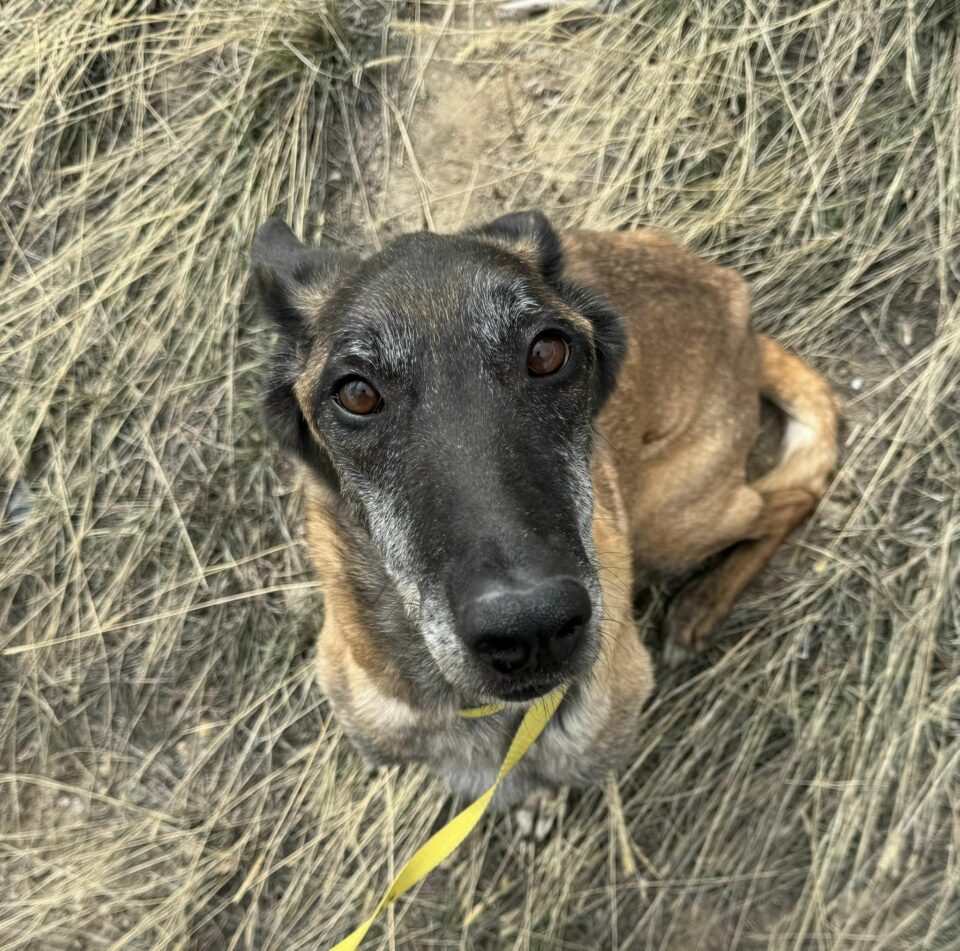
Molly did not stay in the neighbourhood for long as her saviour soon got in touch with the Malinois and Dutch Shepherd Rescue (MAD Rescue). She was brought to their premises on December 13, 2023.
As soon as she arrived, the staff realized that Molly was pregnant and that she was about to give birth very soon. That happened on December 19 when nine cute Malinois-Lab puppies came into this world.
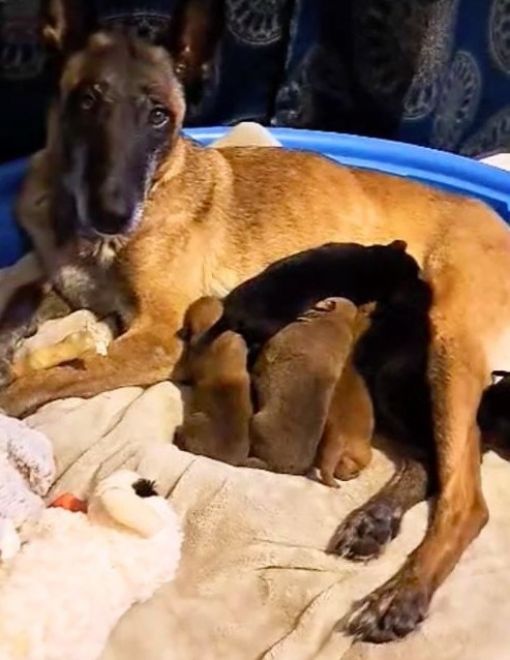
Like every mother, Molly was over the moon when she first saw her babies. Unfortunately, not everything went perfectly in this case because Molly became overly protective of her puppies.
The rescue staff concluded that she was too dangerous for the puppies and made the decision to permanently separate them from their mother. Seven puppies found forever homes, while two of them got into foster care.
Although it is not unusual for a mother dog to sometimes be overly protective of her puppies, here, the root cause of such behavior was much more serious, and they had to discover it soon. For poor Molly, it was the hardest moment of her life, but they simply had no other choice.
Root Cause Of Her Suffering

Aside from having to deal with the immense pain caused by the separation from her little ones, poor Molly had to endure various health problems as well.
According to a Facebook post from the MAD Rescue group, “Miss Molly had a medical crisis where she was unable to keep down food, had dark coloured vomit and diarrhoea.”
After that, she was transferred to the vet, where her treatment began. Unfortunately, there were no results as she continued to decline, lost a significant amount of weight, and became very weak.
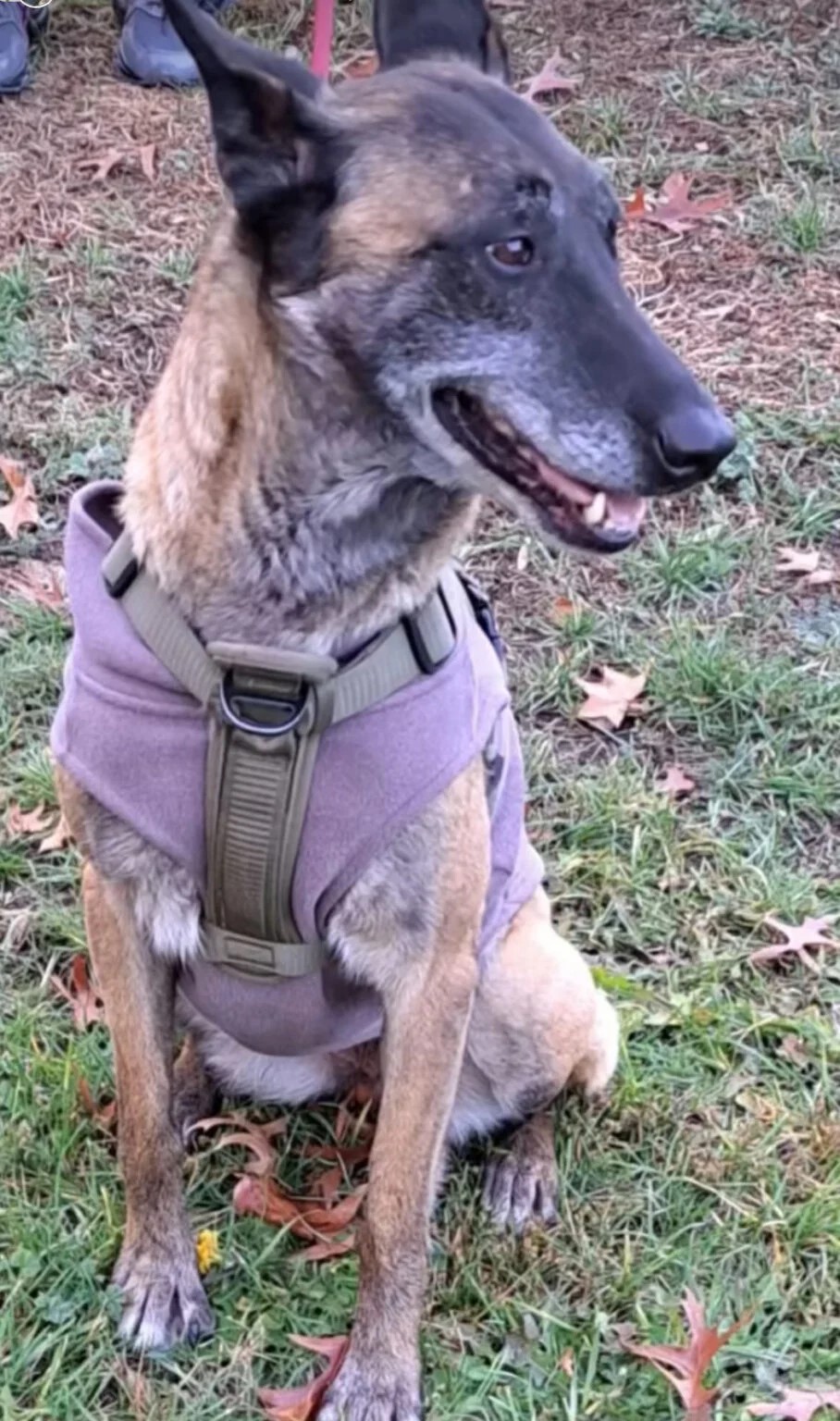
Due to this alarming medical crisis, the veterinarian team had no other choice but to perform exploratory surgery on her. It is the type of surgery that is used for an examination of the organs within the abdomen.
After they were done with this medical procedure, the vets finally found out what was the root cause of Molly’s problems. Due to the accumulated stress she experienced during the time spent with her former owners, several large ulcers formed in the lining of her stomach.
As soon as they saw what it was all about, the vets gave Molly the right therapy, and she immediately felt better and was on her way to a full recovery.
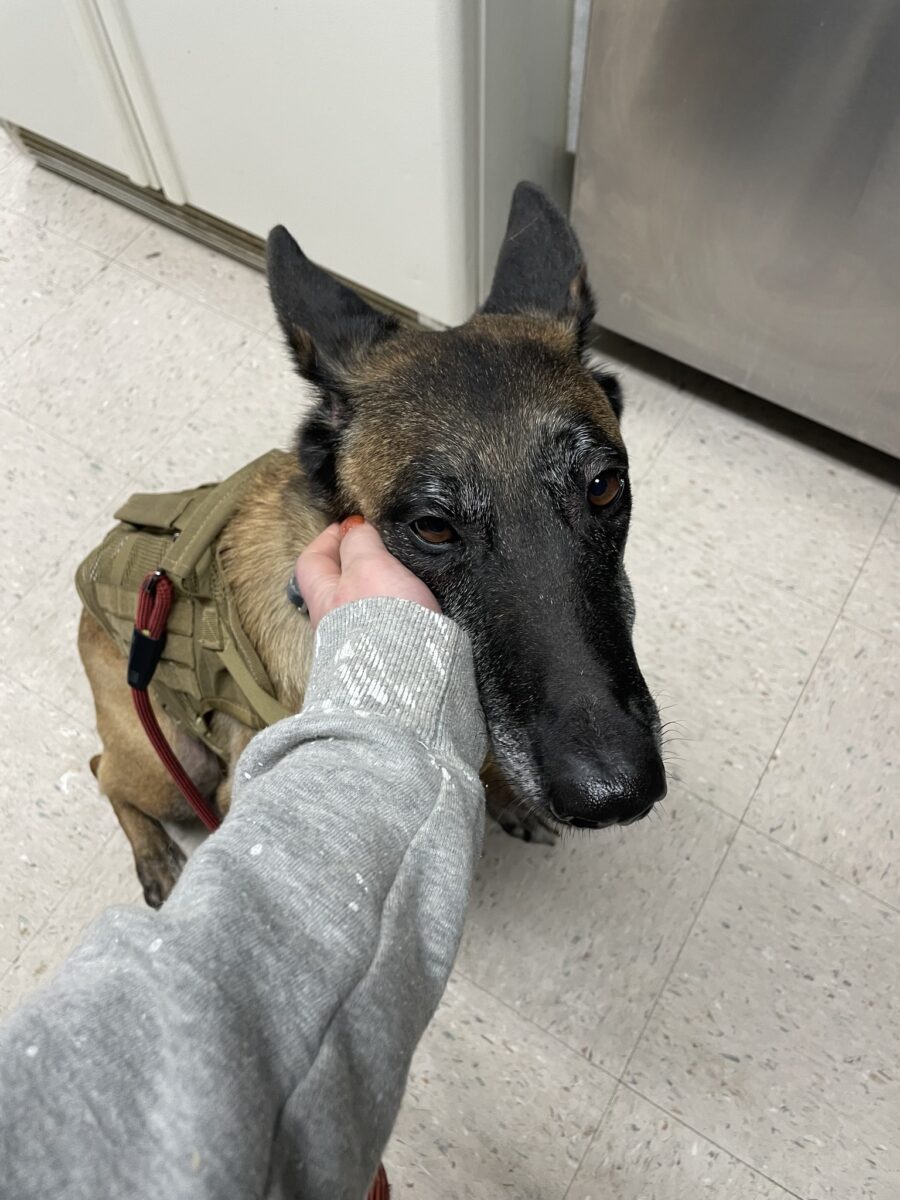
How much evil the heartless owners inflicted on her is best shown by the fact that she had to suffer because of them long after she last saw them.
Better Days Ahead
Because Molly needed to stay away from any stressful situation in order to heal, she was transferred to the vet’s office in Wyoming soon after the surgery.
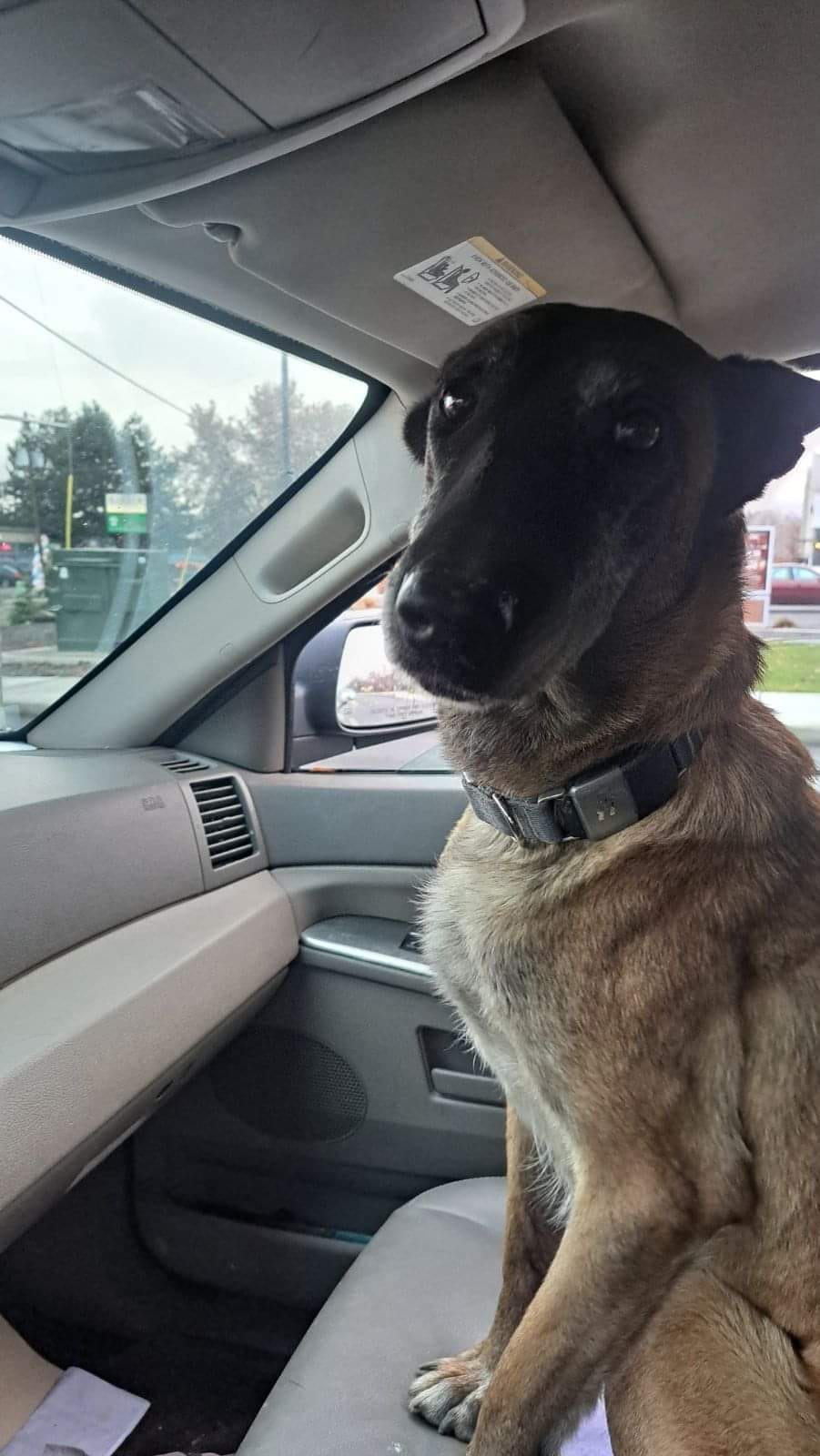
“Molly has been living at the vet’s office since March 15th [, 2024] due to needing a low-stress environment that is quiet and calm,” Vee Jenkins, the rescue’s adoption counsellor, said according to ROCKY Kanaka.
Jenkins stated that she was moved from Wyoming to foster care on April 26, 2024, and since then, her condition has been getting better and better. At the same time, the rescue organization is rapidly working on finding her a forever home.
“Molly has paid more than anyone ever should have to and she is now very very deserving of retirement,” it is stated in the Facebook post. “She needs a family who is ready to just let her relax, spoil the crap out of her and let her know what love is for every day forward.”
They also wrote that her new family would need to be patient and would need to allow Molly time to settle and gain trust. However, when that happens, with her immense love and amazing personality, she will return a hundredfold.
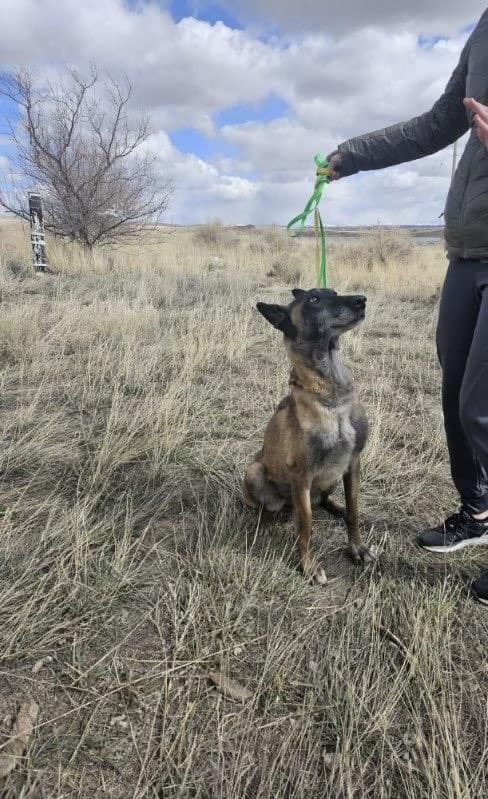
After an owner who tortured her for no reason and left her with terrible consequences, this dog deserves a person who will love her without limits and heal her deepest wounds.
So, good luck, Miss Molly.
If you’ve ever felt like your furry friend is velcroed to your side, you’re not alone. Dogs being clingy is a common behavior that many pet parents encounter. You might find yourself tripping over your pup as they follow you from room to room, seeking constant attention and affection. Understanding why your dog exhibits this clinginess can shed light on their behavior and strengthen your bond with them.
From wagging tails to wet kisses, dogs have a unique way of showing their love and loyalty. However, when their clinginess becomes excessive, it can leave you wondering what’s behind this behavior. By unraveling the reasons why your dog is so attached, you can learn how to support them in a way that benefits both of you.
Understanding Canine Clinginess
The Psychology Behind Attachment
Understanding why your dog is clingy can shed light on their behavior. Dogs are pack animals, and they see you as part of their pack. This attachment stems from their evolutionary history as wolves. By sticking close to you, your dog feels secure and safe, much like how a young wolf pup stays close to its pack for protection.
Signs Your Dog May Be Clingy
Clinginess in dogs can manifest in various ways. If your dog follows you everywhere, whines when you’re out of sight, or constantly nudges you for attention, these are signs of clingy behavior. Also, if your dog shows distress when you leave or becomes anxious when you’re not around, it could indicate clinginess. Understanding these signs can help you address your dog’s needs effectively.
Common Reasons for Clingy Behavior in Dogs
Separation Anxiety and Its Impact
If your dog is clingy, they might be experiencing separation anxiety. This condition can make your pup feel distressed when you’re not around. It’s common in dogs who are overly attached to their owners and can lead to behaviors like excessive barking, destructive chewing, or going potty inside the house. Addressing separation anxiety is crucial for your dog’s well-being.
Lack of Exercise and Stimulation
Dogs need physical activity and mental stimulation to stay happy and balanced. If your dog is clingy, it could be a sign that they’re not getting enough exercise or mental challenges. A bored dog might cling to you for constant attention or out of frustration. Ensuring your furry companion gets enough playtime and walks can help reduce clingy behavior.
Changes in the Home Environment
Changes in your home environment can trigger clingy behavior in dogs. Events like moving to a new house, introducing a new pet, or changes in your routine can unsettle your dog, leading to clinginess. Dogs thrive on routine and stability, so sudden changes can make them seek extra comfort and reassurance from you.
Illness and Aging
Clingy behavior can also be a sign that your dog is not feeling well or is getting older. Dogs, like humans, can become more dependent as they age or if they’re dealing with health issues. If your dog’s clinginess is new or unusual, it’s essential to consult your veterinarian to rule out any underlying medical conditions causing this behavior.
Remember, understanding the reasons behind your dog’s clingy behavior is the first step towards helping them feel more secure and content. Being attentive to your dog’s needs and providing the necessary care and attention can strengthen your bond and create a happier, healthier relationship with your furry companion.
How to Address Clingy Behavior
Establishing a Routine
Create a consistent daily schedule for your dog. This routine should include regular feeding times, exercise, playtime, and rest. Predictability can help your dog feel secure and reduce clingy behavior.
Training and Independence Building
Engage in positive reinforcement training to reinforce good behavior and encourage independence. Teach your dog basic commands and provide mental stimulation through interactive toys. Building your dog’s confidence can help reduce clinginess.
Seeking Professional Help
If your dog’s clingy behavior persists despite efforts to address it, consider seeking guidance from a professional dog trainer or behaviorist. They can provide tailored advice and strategies to help manage and modify your dog’s behavior effectively.
The Impact of Clinginess on Dog Owners
Balancing Attention and Space
When dealing with a clingy dog, finding the right balance between giving attention and space is key. Your furry friend needs your love and care, but it’s also important to establish boundaries. By setting some alone time for your dog, you can help them become more independent and less reliant on constant attention. This balance ensures a healthy relationship where your dog feels secure yet can also enjoy some quiet time alone.
Recognizing When to Take Action
While a bit of clinginess is normal, it’s essential to recognize when it becomes excessive. If your dog’s behavior starts interfering with their well-being or your daily life, it may be time to take action. Watch out for signs of separation anxiety, constant neediness, or disruptive behavior. Taking action can include seeking advice from a professional dog trainer or behaviorist to address the root cause of the clingy behavior and implement effective strategies for improvement.
Remember, understanding your dog’s needs and providing a balanced environment of attention and space can make a significant difference in managing clinginess and fostering a healthy bond between you and your beloved pet.
Conclusion
Your dog’s clinginess is a natural behavior driven by their need for security and companionship. By recognizing the signs and understanding the reasons behind it, you can take steps to address their needs and strengthen your bond. Establishing a routine that includes exercise, playtime, and mental stimulation can help reduce clinginess. Remember, finding a balance between giving attention and allowing space is key. If clinginess becomes excessive, seeking advice from a professional can guide you in addressing the root cause. By meeting your dog’s needs and creating a nurturing environment, you can manage clinginess effectively and enjoy a healthy relationship with your furry friend.
Frequently Asked Questions
Q: Why is my dog so clingy?
A: Dogs can be clingy due to separation anxiety, lack of exercise, changes at home, or illness/aging. Seek to understand and address the underlying cause.
Q: How can I reduce my dog’s clinginess?
A: Create a routine with regular feeding, exercise, playtime, and rest. Training using positive reinforcement and mental stimulation can boost confidence and independence.
Q: Is my dog’s clinginess harmful?
A: Excessive clinginess can lead to behavior issues and stress for both dog and owner. Seek professional advice if clinginess becomes overwhelming.
Q: What is the impact of clinginess on dog owners?
A: Constant clinginess can be exhausting for owners. Balancing attention and space is vital for a healthy pet-owner relationship.
Q: How do I know when my dog’s clinginess requires action?
A: If clinginess interferes with daily life or becomes obsessive, consider consulting a professional dog trainer or behaviorist for guidance.
[no_toc]

Hey there, I’m Janet Brooks, a dog-loving student from California. I’m all about helping pups in need, especially those without homes. Me and my awesome friends work together to give shelter and love to stray dogs. Oh, and I also write blogs about dogs to share helpful info.